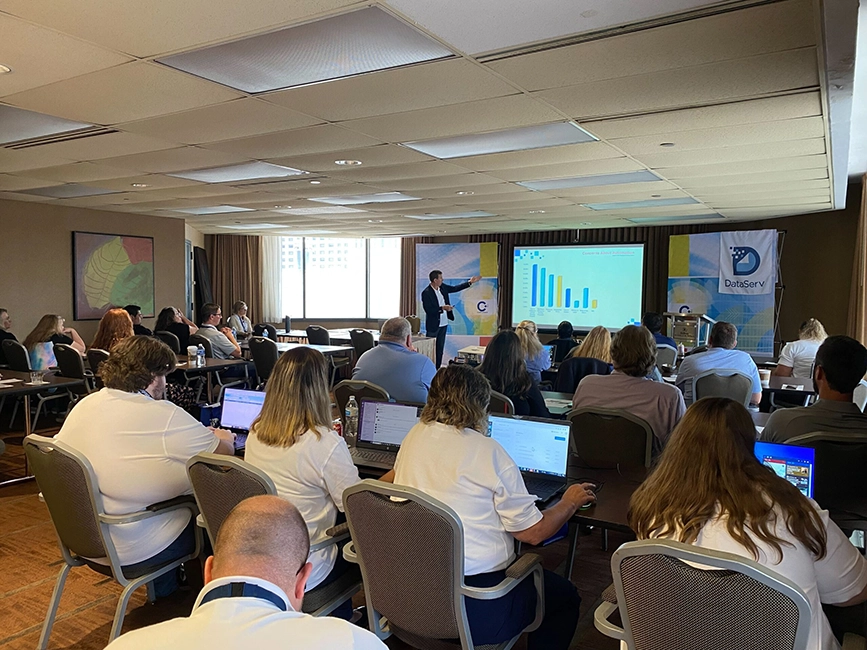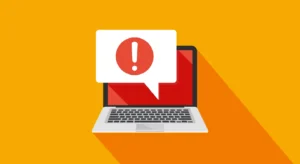Process standardization requires documentation for cost control and easier auditing, and both purchase orders and purchase requisitions are key. While they are very similar concepts, they serve very different purposes, making them necessary to fulfill different requirements within the Purchase-to-Pay process. Unfortunately, some companies think it’s redundant to use both, but understanding them and their importance will help streamline your company’s operations. Instead of looking at a requisition vs. purchase order, we should instead look deeper at how they work together to benefit your business.
What is a Purchase Requisition?
Purchase requisitions (PRs) are internal documents created by employees to request goods or services be purchased from an outside vendor. This document must be approved by the department manager and finance department and be three-way matched before a purchase order can be created to buy the necessary goods or services. Essentially, it’s a way to obtain permission to purchase from the outside vendor, and the approval process is in place for validation and creating an efficient audit trail. Typically, the purchasing department will only review requisition forms over a specified dollar amount.
A PR form will generally include and require the following information:
- Department name requesting purchase
- Location and mailing address of the purchaser
- Exact amount of items
- Item descriptions
- Outside supplier’s legal name
- Expected purchase price
- Requested delivery date
Why are Purchase Requisitions Necessary?
All businesses need to make purchases, but performing any company-related transactions without keeping a paper trail increases the likelihood of fraud. It’s also important to document proposed purchases over a certain amount for tax purposes. Maintaining a procurement department serves as the second set of eyes in the supply chain, ensuring that any money going out is going toward something essential for the company’s success and operations.
What is a Purchase Order?
The purchase order (PO) is the next step after a purchase requisition is approved. The requisition is assigned an order number and sent to the vendor, initiating the sales transaction and becoming a binding contract between your company and the vendor. These orders are seen as key documents in accounting, expediting recordkeeping and helping properly prepare for audits.
Similarly to a purchase requisition, the PO form requires specific information, including:
- Name of the purchasing office
- Items to be purchased
- Payment terms
- Invoicing instructions
- Ship-to address
- Purchase order number
The process for converting a purchase requisition to a purchase order will vary based on the specific system your company is using.
Why are Purchase Orders Necessary?
Purchase orders offer various benefits for companies. They put everything on paper, preventing potential legal risks for your business. They also help prevent duplicate orders, which becomes particularly important as your business grows. POs also provide evidence for certain financial audits that a purchasing decision has been approved and allows for better fund tracking. Submitting a PO also protects your business from being subjected to surprise price increases from a vendor that could occur between the order date and invoice or delivery date. Because the purchase order is considered a legal document, the vendor must treat it as a contract and honor the original quoted price.
What is the Difference Between Purchase Requisition and Purchase Order?
At their most basic level, purchase orders and requisitions indicate a company needs to buy goods or services. However, the main difference is that requisitions are internal to request permission from the company for purchases, and purchase orders are external instructions sent to suppliers or vendors to make the purchase.
Here is an example:
- An IT team member determines that her company needs to buy five new laptops for new employees.
- However, she is not responsible for purchases, so she does not have the correct permissions to make orders over a certain dollar amount.
- Instead, she submits to her manager a requisition containing information about her department, the quantity and description of the laptops, the estimated price, and the chosen vendor for permission to purchase.
- Her manager approves and sends the request to the procurement department.
- The purchasing manager in the procurement department has the correct permissions for buying the laptops and uses the approved requisition to complete a purchase order.
- He then sends the purchase order – which is given a unique, trackable number – to the laptop vendor to fulfill the order, or he may send it to multiple vendors as an RFP to source quotes for the best value.
Advantages of Creating a Purchase Order by Referring a Purchase Requisition
At this point, it may still seem like this process has redundant steps. Or, at the very least, it creates more work for all parties throughout the process. Why can’t companies just use one document to request a purchase through placing the order? The answer is control.
Control
Companies maintain greater control over employee spending by using both requisitions and purchase orders. Procurement departments have better visibility into overall company spend and can see where reductions can be made, or purchases can be combined to receive discounts. They can also use the information from the requisition to source multiple vendor quotes, ensuring the company receives the best quality products or services for the best price.
Having both requisitions and purchase orders on file is also important for audits, with requisitions serving as the first documentation for the purchasing audit trail. Additionally, having several layers of documentation reduces the risk of rogue employees committing fraud or making unnecessary purchases.
Automation
If purchase orders and requisitions serve different – and important – purposes, then why have some companies foregone using both in favor of making credit card purchases? Requisitions and purchase orders are not a one-size-fits-all solution. Using a credit card for purchases of a certain nature or for items that are lower than a certain dollar amount is perfectly acceptable – and easier in many cases. For those types of purchases, there is often little to be gained in bulk discounts and the like by going through the procurement team.
But requisitions and purchase orders should be used for purchases over a certain dollar threshold, not avoided. Employees, however, tend to sidestep the process because it becomes too time-consuming. It was a clunky, manual, paper-driven workflow that did not allow flexibility. If changes were made to the requisition, such as increasing the quantity, then the change had to be made manually to the purchase order – and those changes often got lost along the way through the layers of paperwork and approvals, leading to incorrect orders and mismatched documentation.
With P2P automation and innovations from DataServ, however, that cumbersome process is a thing of the past. Our AP automation software allows for:
- Easy, automatic updates to requisitions and purchase orders
- Approval reroutes as necessary
- Digitally-stored documentation for automatic matching with PO numbers, invoices, and delivery receipts
Automation also alleviates audit pain: Requisitions are digitally tied to purchase orders, receipts, and invoices in the system, making for a clean, easily accessible audit trail.
Ensure Your Purchase Requisitions and Purchase Orders Work for Your Business with DataServ
Maintaining a requisition and purchase order process is essential for financial record-keeping, but it becomes truly invaluable when you implement AI Matching. With DataServ’s AutoVouch you can completely leverage your PO’s by automating the 2, 3 and even 4-way matching process that occurs when the invoices and shipments arrive. Intelligent automation helps increase PO compliance and reinforces utilization. With success rates in the 80% range and an automated Exception processing workflow, this solution allows your team to focus more on the strategic tasks for your business.
Contact us today to learn more about how our experienced team can help, or schedule a demo online.





























